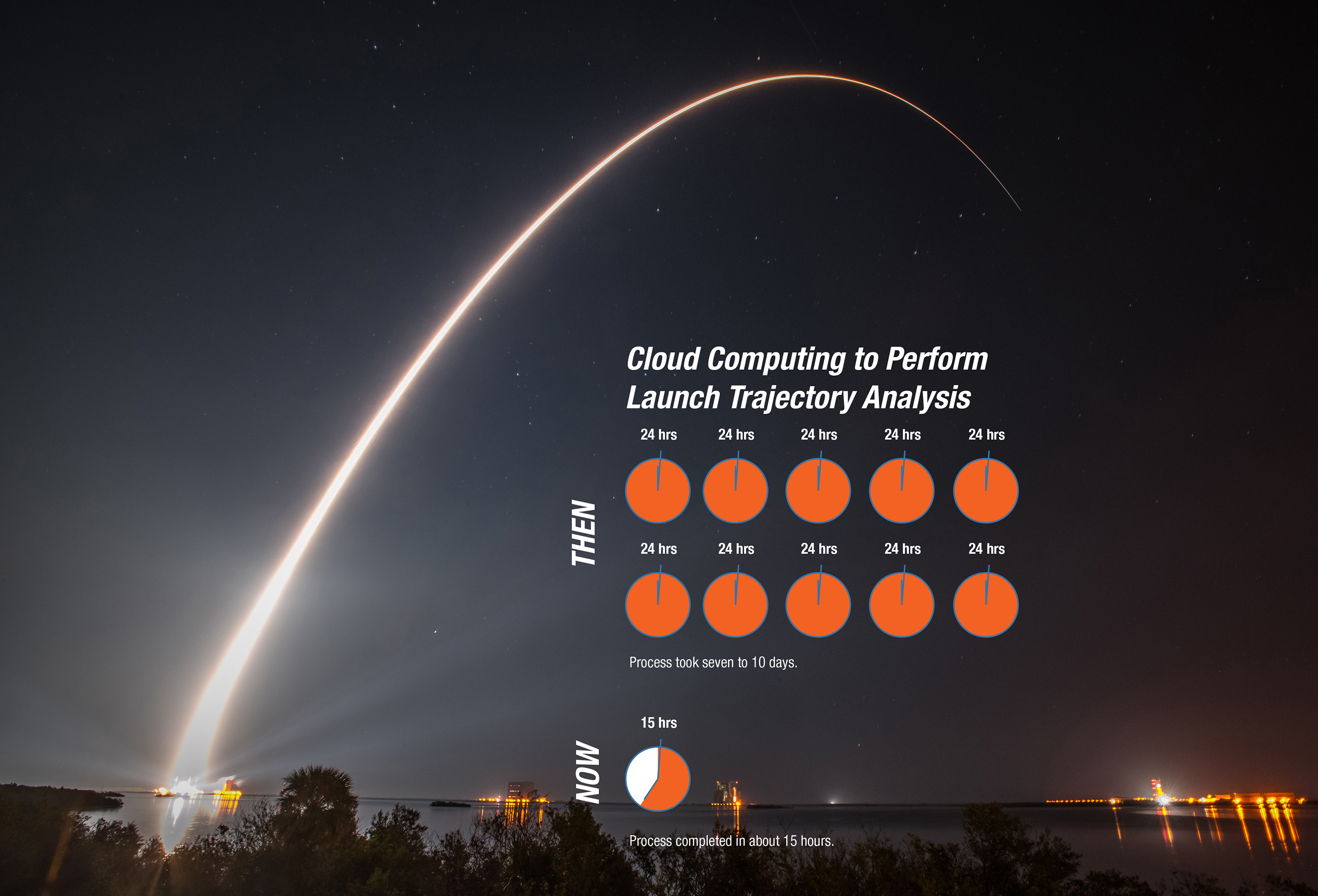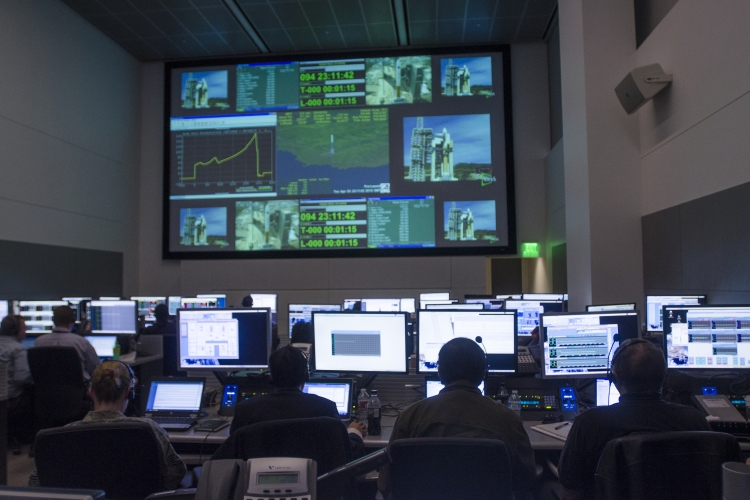Our nation requires space capabilities. To ensure success in this area, each national security space (NSS) mission goes through a thorough launch verification process, which has traditionally been time consuming.
Aerospace is leveraging its unique role as an objective technical advisor to bring together government, allies, international, and commercial partners for increased access to space, especially among new entrants to the national security mission.
To achieve this goal, Aerospace has been transforming the mission assurance process to better support our customers, who need rapid access to space, faster acquisition of space assets, and the ability to operate as an enterprise.

Agile Mission Assurance

It’s not enough to simply move faster, because that could increase risk to these critically important NSS functions. Rather, Aerospace is using advances in technology, new business models, changes in process, and the best minds in the industry to figure out ways of doing things more efficiently, effectively, and responsively—a process we call Agile Mission Assurance.
Leveraging advanced tools — Aerospace began using cloud computing to perform launch trajectory analysis. This process, which used to take seven to 10 days, can now be completed in about 15 hours. Cloud computing and automated tools have also improved coupled loads analysis. A two- to three-month process for two to four launch configurations now takes two weeks to analyze 1,000+ launch configurations.
Developing a standard — Looking at ways to more effectively pair satellites and launch vehicles, Aerospace led a group from industry, government, and academia that released the Launch Unit (Launch-U) standard at the Small Satellite Conference in August 2018. This standard lays out specs for mid-sized small satellites to enable them to more easily hitch a ride with a larger payload, which will result in more launch opportunities at a lower cost.
Upgrading mission control — To enable a more comprehensive launch readiness analysis, Aerospace is planning to upgrade its STARS Mission Operations Center with built-in artificial intelligence and machine learning, which will allow processing of vast quantities of data.
Considering alternatives — Aerospace is looking at ways of using alternative (non-space qualified) parts in space systems, such as parts from the automotive industry.
Switching launch vehicles — A team of experts is investigating ideas to enable a “ship and shoot” scenario, in which a satellite can be launched within 30 days on any of several certified launch vehicles.
This is an exciting time for space with many changes. Aerospace is looking ahead to find the most effective ways to support our customers in a manner that quickly meets their emerging needs.
This article was featured in the Aerospace 2018 Annual Report.

